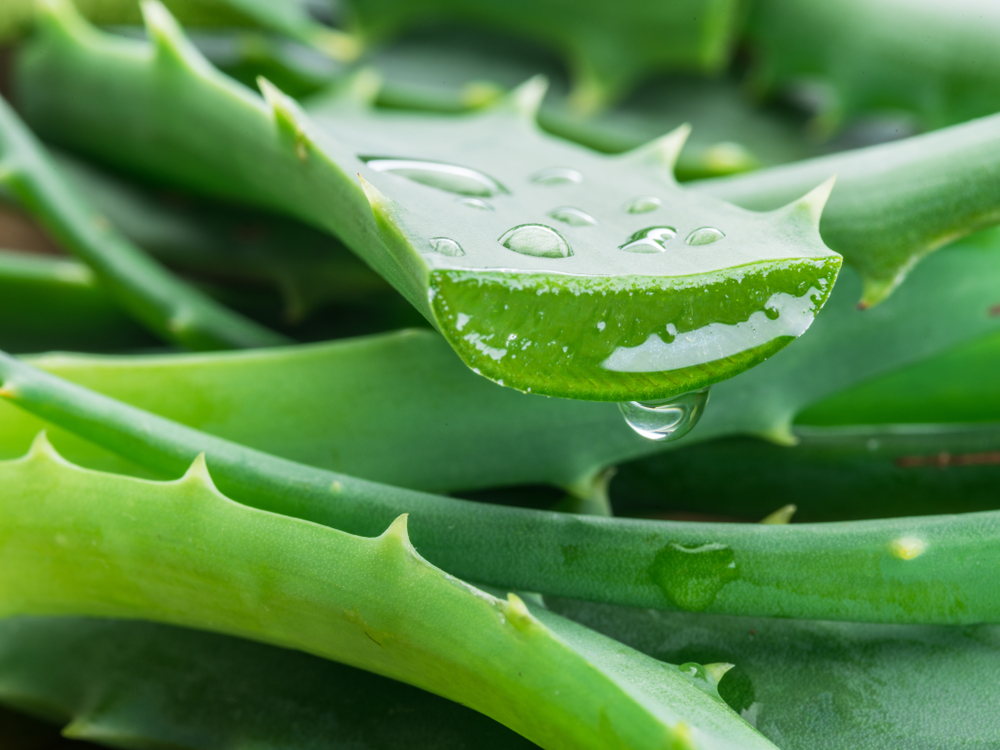The green skin and stomach protector aloe vera unveiled a new weapon in its arsenal: its discarded peels. Previously discarded as agricultural trash, these peels are now set to become nature’s response to crop-munching pests. Scientists at the University of Texas Rio Grande Valley developed a mechanism for converting this underutilized resource into a powerful natural insecticide, presenting a novel approach to pest management.
Green aloe revival
Humans have already used aloe vera for a plethora of reasons, among them treatment for wounds such as burns and other skin problems, and to ease digestion. However, none of these applications takes advantage of the peel.
“Millions of tons of aloe peels are likely discarded globally each year,” the driving force behind this botanical discovery, Dr. Debasish Bandyopadhyay, stated, “We wanted to find a way to add value and make them useful.” The idea came to Bandyopadhyay after he noticed bugs biting plants at an aloe manufacturing center but leaving the aloe vera leaves alone. Based on this discovery, the team embarked on an adventure to unearth the hidden potential of aloe peels.
Agriculture for a sustainable future
For pest management, home gardeners have traditionally preferred the use of aloe vera gel in conjunction with garlic and onions. What about the peels, though? They are often discarded. On a larger scale, these peels are converted to biomass, a process that unintentionally contributes to climate change due to the production of methane and greenhouse gases. However, due to this significant discovery, the equation has shifted. Bandyopadhyay emphasizes the dual benefit of inventing a pesticide that avoids dangerous synthetic chemicals, which not only maintains agricultural output but also saves public health.
A natural solution emerges
The researchers started their examination into the mechanics by drying aloe peels in a dark environment to preserve their bioactivity. Their efforts were rewarded when they extracted a number of compounds, each with its own set of properties. Octacosane stood out among these for its ability to repel mosquitos. In terms of insecticidal activity, DCM, a separate molecule, outperformed hexane extract. During this procedure, more than 20 compounds were isolated from aloe vera peels, six showing considerable insecticidal activity.
Field testing of the newly found insecticidal compounds is on the horizon when they will be pitted against hungry insects that wreak havoc on agricultural areas. The enigma, however, does not end there. Bandyopadhyay envisions a bigger future where these chemicals could be employed as general-purpose insect and tick repellents.
This comprehensive method has the ability to bring in a new era of farming techniques and pest management, transforming aloe vera peels from a waste product to a wonder.
The transformation of aloe peels from neglected waste to crop defenders shows science’s innovative potential in this day and age of environmental consciousness. Each peel has the promise of infusing nature’s knowledge into the fabric of sustainable agriculture.
We are highlighting this piece as part of our annual “Best Of” roundup of articles published at The Optimist Daily this year. Today’s focus is on the top Science solutions of 2023.











